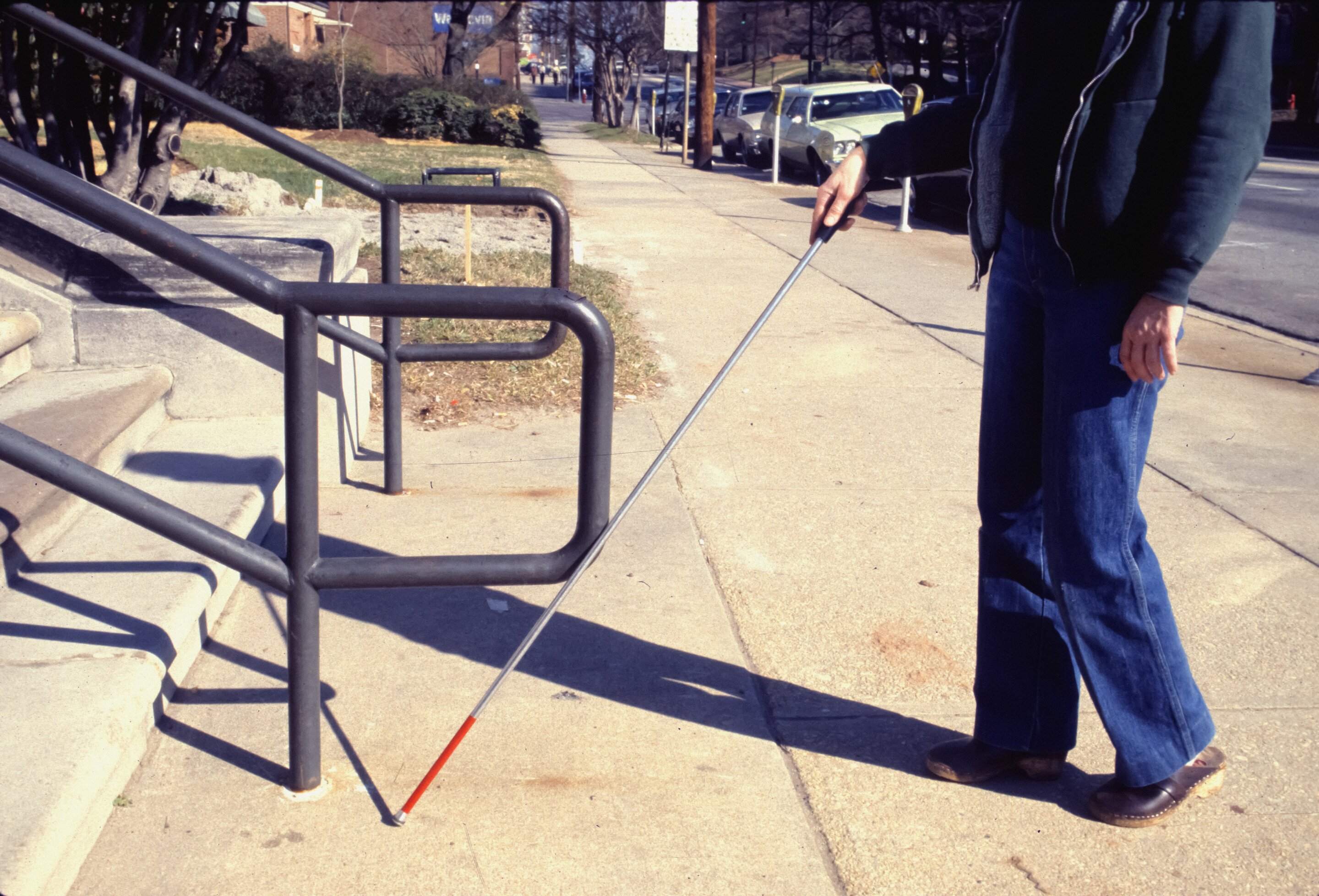#First nonhuman primate model of Usher syndrome confirmed

Table of Contents
“First nonhuman primate model of Usher syndrome confirmed”

Those with Usher Syndrome—the leading hereditary cause for simultaneous deafness and blindness, for which there is no treatment—may have a new reason for hope now that researchers have confirmed the first-ever nonhuman primate model of their disease.
Genetic mutations lead those with Usher Syndrome to be born deaf, experience balance issues and gradually lose their sight. A treatment for Usher—which affects an estimated 4 to 17 out of every 100,000 people—has been stymied by the lack of an animal model that closely mimics how the disease affects people.
An Oregon Health & Science University research team has been working to fill that gap. They confirmed that their model—a rhesus macaque born a year ago—has symptoms that mirror the most severe form of Usher Syndrome, Type 1B, and will report these findings during a Feb. 11 presentation at the Association for Research in Otolaryngology meeting. The researchers used the gene-editing technology CRISPR/Cas9 to create the model, and thereby make it possible to test experimental gene therapies for Usher syndrome.
“While children with Usher 1B are born deaf, cochlear implants can enable them to have good hearing, especially if they’re implanted early enough,” said research team lead, Martha Neuringer, Ph.D., a professor of neuroscience in OHSU’s Oregon National Primate Research Center and a research associate professor of ophthalmology in the OHSU School of Medicine.
“However, there is no treatment right now to stop the steadily increasing vision loss that occurs in children with Usher 1B,” Neuringer added. “That’s why having an accurate Usher model is so important. It’s our hope and goal that this model will enable us to one day preserve the sight of children with Usher syndrome.”
The meeting presentation was given by team member, John V. Brigande, Ph.D., a principal investigator for the Oregon Hearing Research Center and a professor of otolaryngology/head and neck surgery in the OHSU School of Medicine.
“This model’s creation is truly a momentous scientific achievement,” Brigande said. “It should be shouted from Everest.”
Scientists like Brigande already use mice to study Usher hearing loss, but fundamental differences in eye anatomy mean mice aren’t suitable models for Usher vision loss. A pig model of a different form of the disease, Usher Type 1C, was recently created.
But because the eyes and vision of nonhuman primates and humans are nearly identical, nonhuman primates best help scientists understand human retinal diseases and evaluate potential treatments. However, Usher syndrome doesn’t naturally occur in nonhuman primates. So Brigande, Neuringer and colleagues had to genetically engineer a nonhuman primate with a gene mutation that causes Usher.
The model’s development team includes genetics and reproduction experts with the primate center’s Division of Reproductive and Developmental Sciences. They used the gene-editing technology CRISPR/Cas9 to insert a mutation into the MYO7A gene, which causes Usher Type 1B, in monkey embryos. The embryos were transferred to surrogate monkey mothers to create pregnancies.
As a result, the first infant with full MYO7A gene editing was born in late 2021. Testing quickly confirmed the newborn rhesus macaque had no functional hearing and its MYO7A gene was mutated. It also showed impaired balance, leading to a wobbly, uneven gait. But because Usher vision loss is gradual, the research team would have to wait. When the macaque was four months old, the scientists began to see signs that its retina—tissue in the back of the eye that enables sight—was beginning to deteriorate, and these changes worsened over the first year.
Now that the team has confirmed their model has all three of the defining signs of Usher syndrome, they are turning their focus to developing an experimental gene therapy that’s designed to deliver the normal MYO7A gene to the retina to counter retinal degeneration. Their gene therapy work is ongoing, and the team expects to have early results to share on that front later this year.
It’s unknown if the model could also help develop treatment options for deafness due to Usher syndrome. People with the condition are born with such profound hearing impairment that experts suspect the moment of birth may already be too late. However, previous research by Brigande has indicated fetal therapy, or treatment that’s given in utero, may be another option.
Citation:
First nonhuman primate model of Usher syndrome confirmed (2023, February 11)
retrieved 11 February 2023
from https://medicalxpress.com/news/2023-02-nonhuman-primate-usher-syndrome.html
This document is subject to copyright. Apart from any fair dealing for the purpose of private study or research, no
part may be reproduced without the written permission. The content is provided for information purposes only.
If you liked the article, do not forget to share it with your friends. Follow us on Google News too, click on the star and choose us from your favorites.
For forums sites go to Forum.BuradaBiliyorum.Com
If you want to read more Like this articles, you can visit our Science category.



